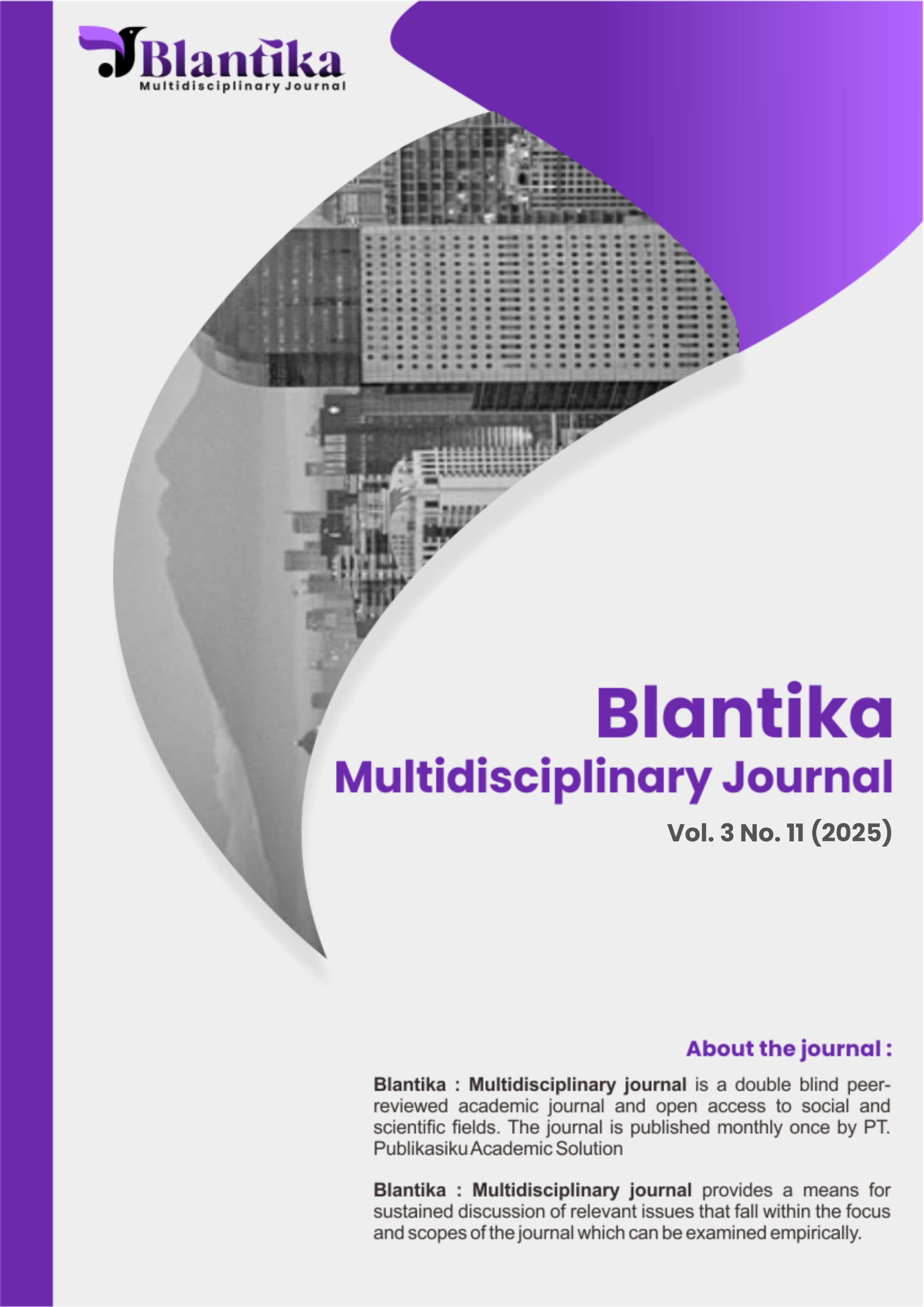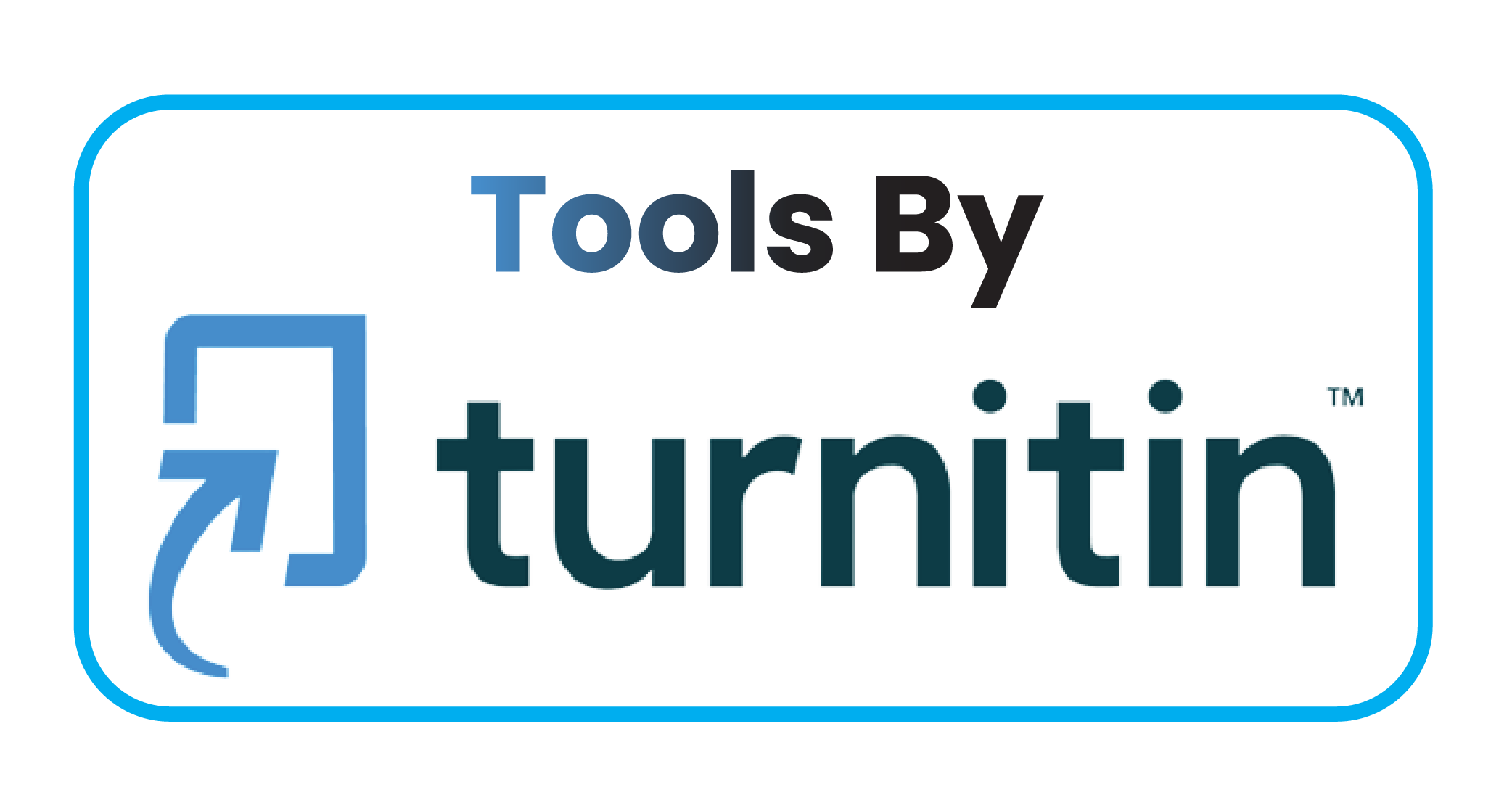Recent Evidence of Artificial Intelligence in Ultrasound-Guided Regional Anesthesia: A Review
DOI:
https://doi.org/10.57096/blantika.v3i11.449Keywords:
Ultrasound-Guided, Regional Anesthesia, Artificial Intelligence, AI-Assisted Ultrasound-Guided Regional AnesthesiaAbstract
Ultrasound-guided regional anesthesia (UGRA) is a critical technique in anesthesiology, but its adoption is limited by the need for expert skill. Artificial Intelligence (AI) offers a solution by enhancing the precision, safety, and accessibility of UGRA. This narrative review explores the current evidence supporting AI in UGRA, focusing on ultrasound image acquisition, interpretation, real-time decision-making, and training. Methods, A comprehensive literature search using PubMed Central, PubMed, and Google Scholar identified relevant studies on AI-assisted UGRA published between December 2020 and August 2024. From 62 initial searches, 5 studies met the inclusion criteria, detailing clinical trials and research on AI in UGRA. Results, AI technologies have demonstrated significant promise in improving ultrasound image quality, enhancing anatomical landmark identification, and reducing complication risks. AI has also proven beneficial in real-time decision-making, assisting both novice and expert anesthesiologists. Additionally, AI-enhanced training systems have shown potential in reducing complication rates and improving learning outcomes. An automated spinal landmark identification program also showed effectiveness in neuraxial anesthesia, particularly for obese patients. Conclusion, AI integration into UGRA could revolutionize anesthetic practice, making the technique more accessible and safer, especially in regions with limited expert availability. Future research should focus on validating AI as a tool for skill acquisition and refining its application in clinical practice.
Downloads
Published
Issue
Section
License
Copyright (c) 2025 Aidyl Fitrisyah, Amir Ibnu Hizbullah

This work is licensed under a Creative Commons Attribution-NonCommercial-ShareAlike 4.0 International License.





